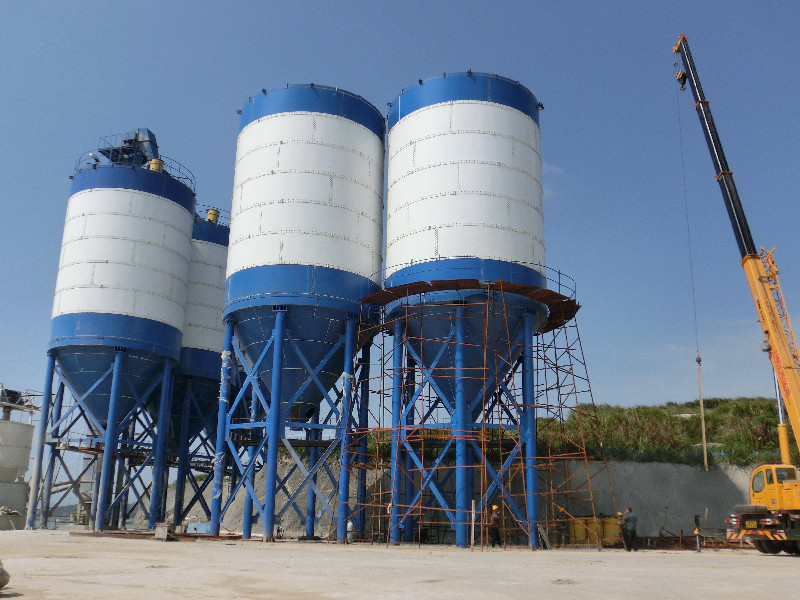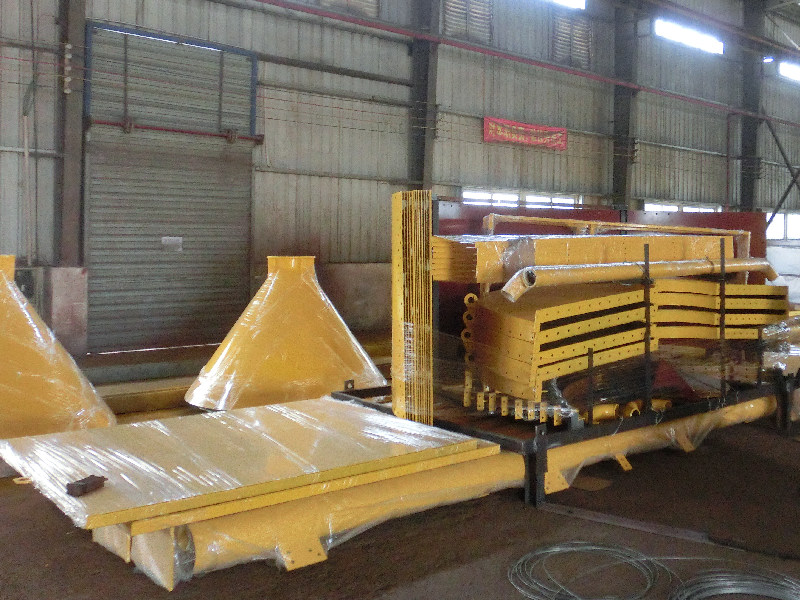This article was last revised in 330 Days ago, some of its contents may have changed. If you have any questions, you can ask the author。
In regions prone to typhoons, metal silos serve as crucial storage facilities, and their ability to withstand these powerful storms is important. So, how can we bolster the typhoon resistance of metal silos? Here are three key strategies that might shed some light on this matter.
1. Structural Design and Reinforcement
First and foremost, the structural design and reinforcement of steel silos are pivotal in enhancing their typhoon resistance. From the outset, it's essential to thoroughly consider the impact of wind loads and opt for structural forms capable of withstanding significant wind forces. Shapes such as cylindrical or conical designs exhibit better stability under wind load conditions. Additionally, it's crucial to strategically place support structures, including horizontal, vertical, or diagonal bracing, which act as the "skeleton" of the metal silo, significantly improving its lateral force resistance.
Of course, utilizing high-strength, corrosion-resistant metal materials is also indispensable. These materials not only possess higher strength and ductility to better resist wind loads but also extend the service life of the metal silo. In critical areas such as connectors and fasteners, it's equally important to use high-quality products to ensure the solidity and safety of the structure.
2. Wind and Rain Protection Measures
Beyond structural design and reinforcement, wind and rain protection measures are also vital in enhancing the typhoon resistance of steel silos. For the doors and windows of metal silos, it's imperative to install high-strength, airtight windproof windows and doors. These facilities act as the "goalkeepers" of the metal silo, effectively preventing strong winds and rain from entering the silo interior and reducing the impact of wind loads on the silo structure.
We also need to reinforce the roof and drainage system of the metal silo. The roof should be made of sturdy waterproof materials, such as profiled steel sheets or color-coated steel plates, to enhance its wind resistance and watertight performance. The drainage system should also be well-designed to ensure that rainwater can be promptly drained, preventing damage to the silo structure from water accumulation. For the roof's seams and openings, sealing treatments are also necessary to prevent rainwater from seeping into the silo interior.
3. Comprehensive Measures: Enhancing Typhoon Resistance Across the Board
Lastly, we must adopt comprehensive measures to enhance the typhoon resistance of storage silos. For instance, setting up windbreak walls or wind shields around the storage silos or in areas susceptible to wind impact can effectively block the direct impact of strong winds on the silo. Regular inspections and maintenance of metal silos are also essential to identify and address potential safety hazards promptly.
Furthermore, establishing a meteorological monitoring system and devising emergency plans are indispensable. By monitoring meteorological parameters such as wind speed and direction in real-time, we can provide early warnings and take countermeasures. The formulation of emergency plans allows for swift responses during typhoons, ensuring the safety of personnel and materials.
 |
 |